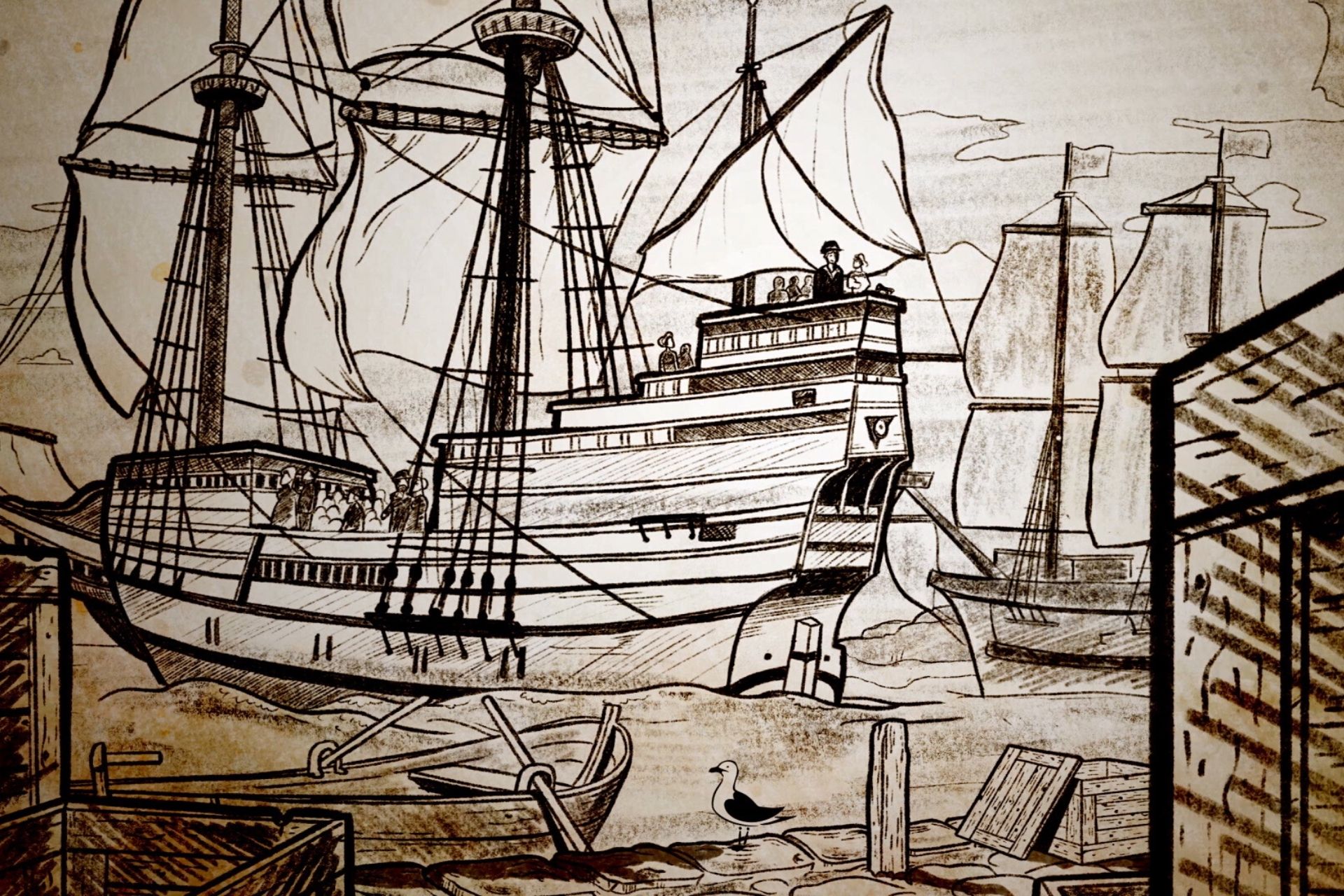

They wanted to select their own ministers and decide on their own rules while remaining a part of the Church of England.īut a small group of radical Puritans broke away from the Church of England entirely, a breach of English law for which they were persecuted. The Puritans also opposed state interference in matters of religion and centralized religious control.

“They felt these features distracted from the word of God as preached from the Bible,” Silverman said. 1530 - 1535.The Puritans rejected his Church of England, which they believed contained too many trappings of Roman Catholicism. Joos van der Beke portrait of English King Henry VIII, painted ca. Silverman, an expert in Native American and colonial history and author of “This Land is Their Land.” “The Puritans wanted to do away with a set of prayers as in the ‘Book of Common Prayer,’ stained glass, incense, priestly vestments and the like,” said George Washington University professor David J. Membership in the new church was mandatory.īut a faction of worshipers, the Puritans, believed Henry’s church held onto too many of the trappings of Catholicism and needed to revert to the simpler worship of the early Christians. When the Roman Catholic pope refused to annul Henry’s marriage to Catherine of Aragon, Henry severed relations with Rome and formed the Church of England, naming himself its supreme leader. To understand what motivated their journey, historians point back a century to King Henry VIII of England. The Pilgrims were the first group of Puritans to sail to New England 10 years later, a much larger group would join them there. If the passengers landed safely, they faced “famine and nakedness” and “continual danger of … savage people” and “wild beasts,” as Plymouth founder and Governor William Bradford later wrote in his “History of Plymouth Plantation.” The voyage was fraught with risk: if rough seas didn’t take them, pirates might.


 0 kommentar(er)
0 kommentar(er)
